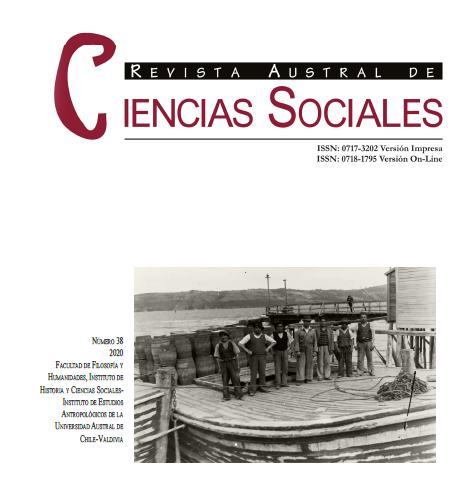Breast ploughing: Appropriation, resistance and disappearance of an indigenous agrarian technology in the Chiloe archipelago (Chile)
Main Article Content
Abstract
The practice of the “volteo a lumas” was an agrarian technique used in the south of Chile, characterized as a form of breast ploughing. This activity, of indigenous origin, became the dominant plow technology in Chiloé until the beginning of the 20th century, when it started its decline in favour of the animal traction plow. What factors explain the survival of this technology? What changes in the archipelago help explain its disappearance? Based on a theoretical framework from the field of science, technology and society (STS), as well as a review of State sources and accounts of witnesses of the time, the change in the agricultural technique of Chiloé is analysed as a process associated with factors of connectivity and economic relations, which would contribute to understand both the cultural engagement generated by the “lumas”, as the surprising speed of their abandonment a few decades later.

